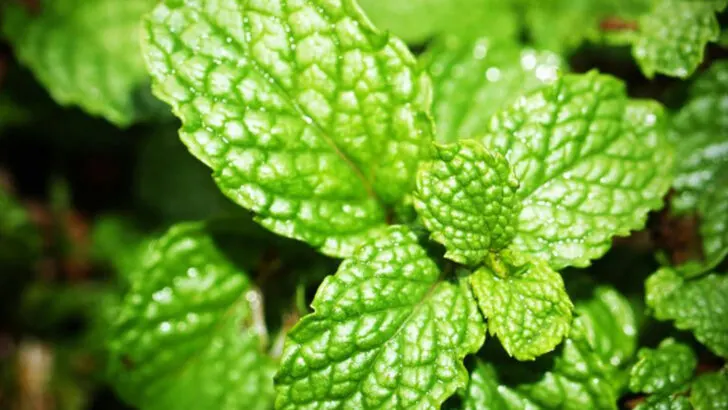Growing herbs is one of the most rewarding parts of having a garden. They’re easy to care for, don’t take up much space, and can be used in all sorts of ways from adding flavor to meals to making simple home remedies when you’re feeling under the weather.
Some herbs are kitchen staples, while others have been used for centuries to support wellness. The best part? Many do both. These 16 herbs are worth having on hand not just for their taste, but for their practical everyday uses too.
Basil
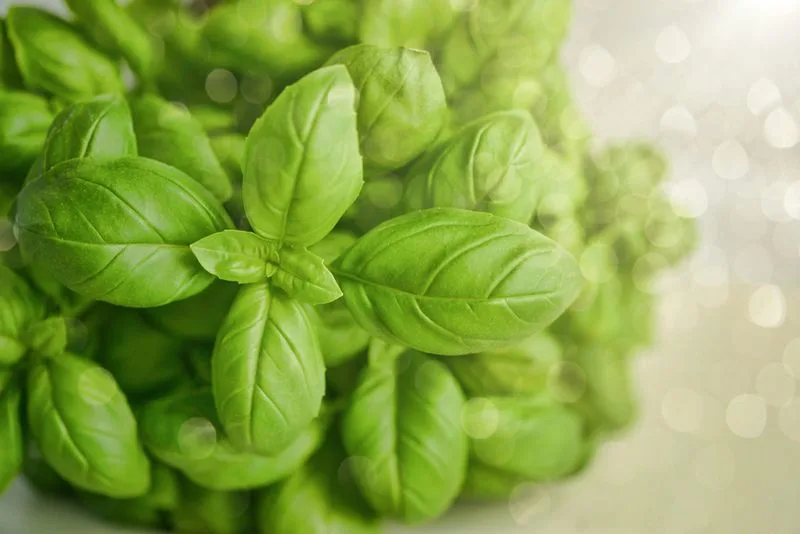
Basil’s vibrant aroma is a staple in many cuisines, especially Italian. Its leaves, fresh or dried, enhance the flavor of tomato-based dishes. But basil isn’t just for cooking; it holds medicinal properties too. With anti-inflammatory and antibacterial qualities, it aids in digestion and can relieve stress. Ancient cultures revered basil for its healing powers. This aromatic herb grows easily in pots, making it a favorite for home gardeners. Its sweet yet savory scent is unmistakable, adding depth to meals and wellness routines alike.
Mint
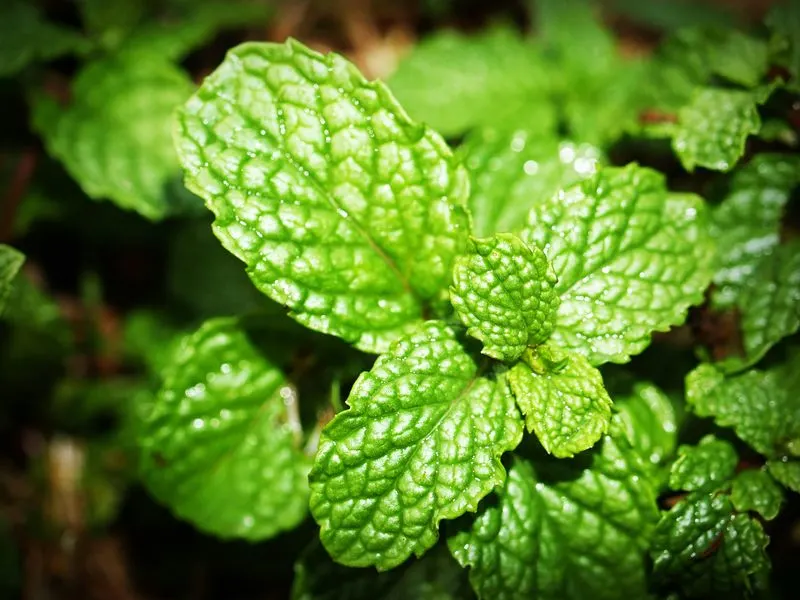
Mint, with its refreshing scent, is more than just a flavor for toothpaste. This versatile herb can soothe an upset stomach and relieve headaches. Its cooling properties make it perfect for summer drinks and desserts. Mint leaves crushed into a tea provide a natural remedy for congestion. The ancient Greeks and Romans used mint in perfumes and baths. Today, it remains a household staple, offering both culinary delight and medicinal benefits. Its invigorating aroma and taste make it a beloved addition to kitchens worldwide.
Rosemary
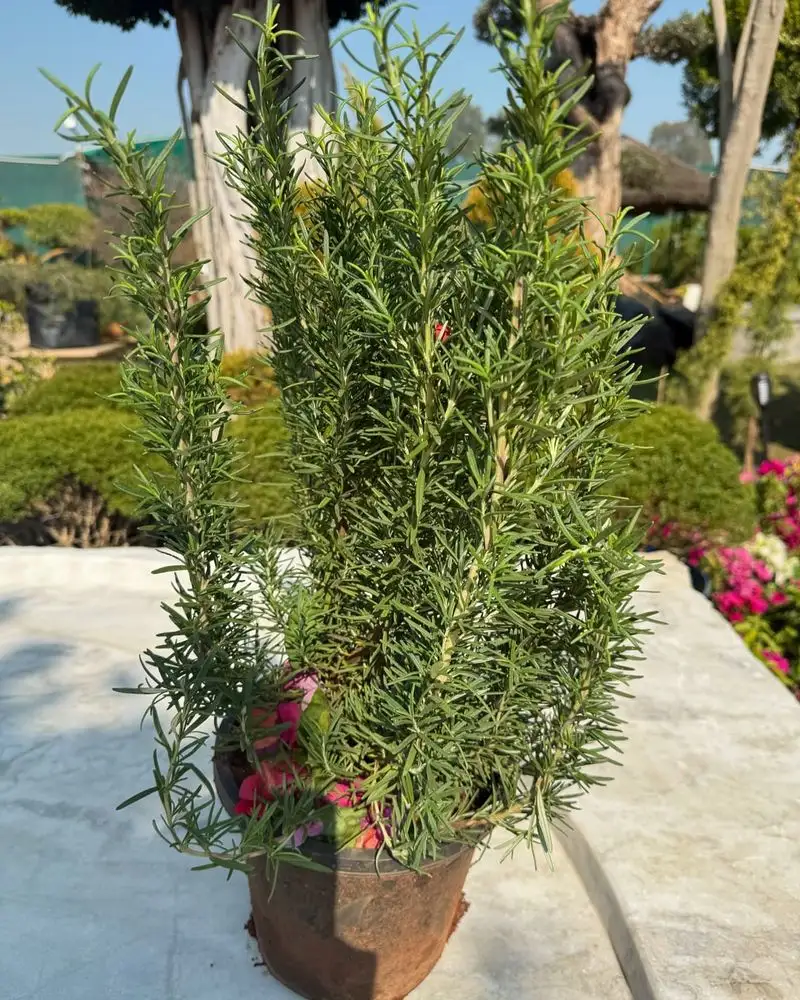
Rosemary, known for its woody fragrance, is a culinary favorite for seasoning meats and soups. But did you know it also boosts memory and concentration? This herb is traditionally associated with remembrance and fidelity. Its antioxidant properties support the immune system. Whether fresh or dried, rosemary complements roasted dishes beautifully. Historically, it was used in religious ceremonies and as a symbol of love. The herb’s robust flavor and health benefits make it a valued addition to any herb garden.
Thyme
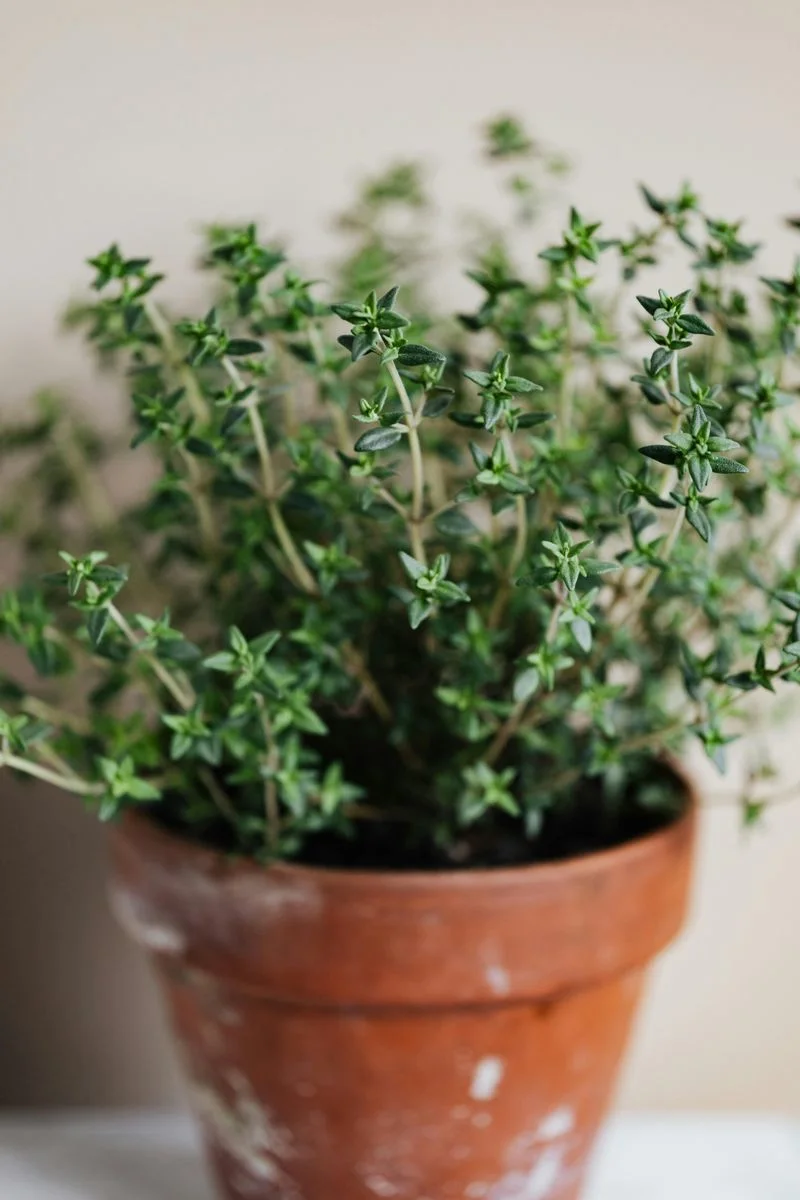
Thyme’s earthy aroma enriches soups, stews, and roasted vegetables. It’s also a potent medicinal herb, known for its antibacterial and antifungal properties. Thyme tea can soothe a sore throat and ease coughs. Ancient Egyptians used it in embalming, while Greeks burned it as incense. This herb’s resilience makes it ideal for growing in various climates. Its subtle yet complex flavor profile enhances culinary creations, while its healing attributes support respiratory health. Thyme’s versatility makes it a kitchen and apothecary essential.
Lavender
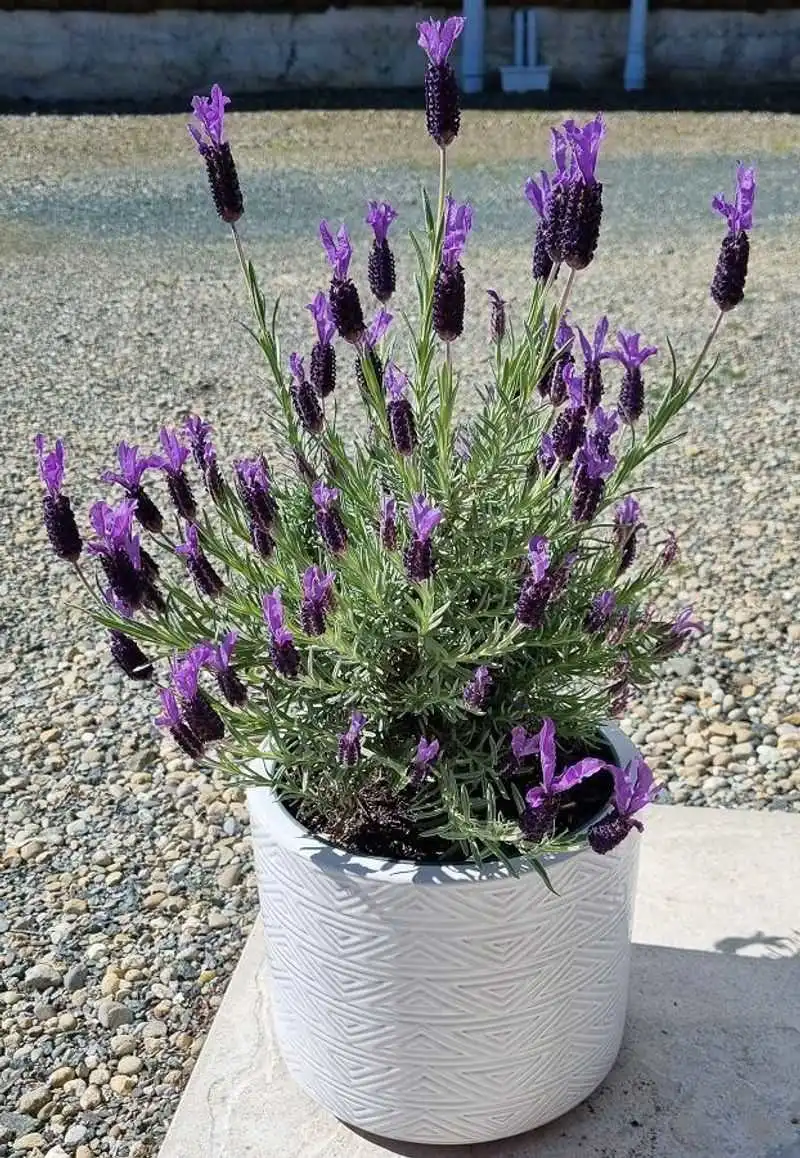
Lavender is cherished for its calming scent, often used in aromatherapy and sleep aids. Its delicate flowers add a floral note to desserts and teas. Lavender oil can soothe skin irritations and alleviate headaches. The Romans used it for bathing and scenting the air. Its vibrant color and soothing aroma create a tranquil atmosphere. Lavender’s versatility extends beyond beauty products to culinary arts, where it infuses dishes with a unique floral flavor. This herb embodies relaxation and elegance.
Parsley
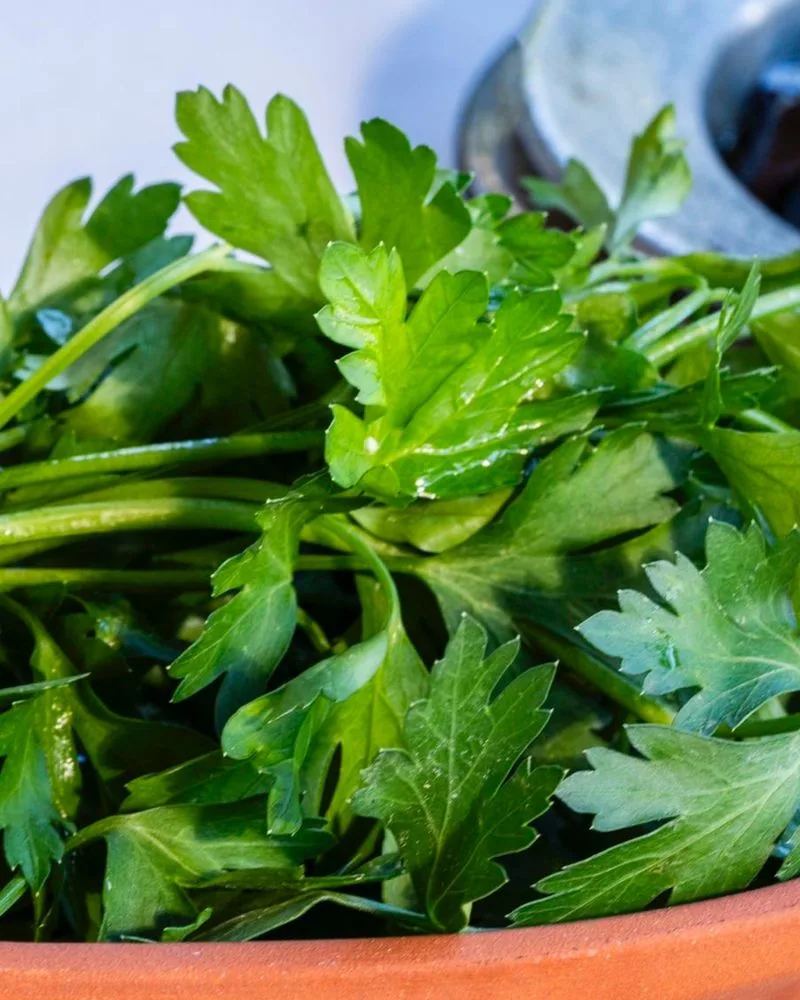
Parsley, often seen as just a garnish, actually packs a nutritional punch. Rich in vitamins A, C, and K, it supports bone health and vision. Chewing on parsley can freshen your breath naturally. Its bright flavor enhances salads and soups. Historically, it symbolized joy and festivity in ancient cultures. Parsley’s vibrant green leaves are a staple in Mediterranean cuisine, providing both flavor and health benefits. This herb proves that garnishes can indeed be the star of the dish.
Sage
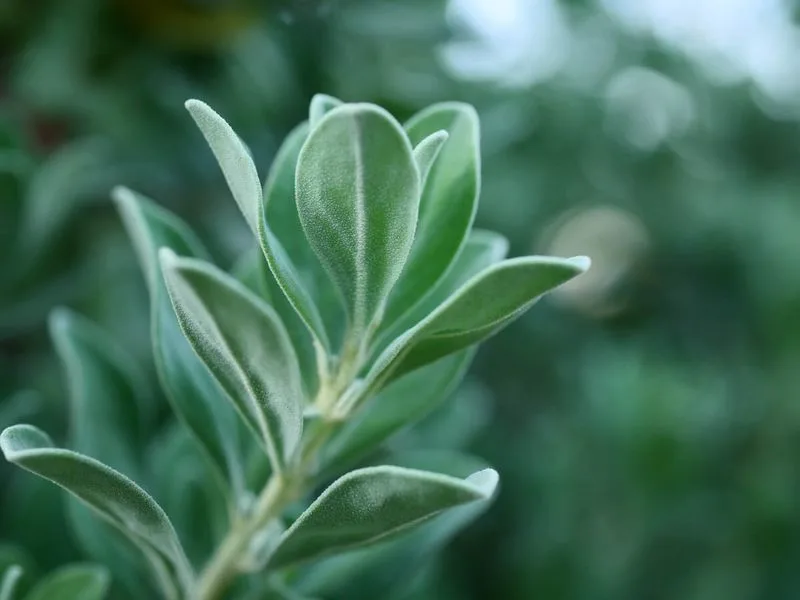
Sage, known for its earthy aroma, is a culinary herb that flavors meats and sauces. It’s also renowned for its medicinal properties, aiding digestion and reducing inflammation. Sage tea can soothe a sore throat and enhance memory. Ancient cultures believed it bestowed wisdom. Its resilient nature makes it a hardy addition to any garden. Whether used fresh or dried, sage complements savory dishes beautifully, offering both flavor and health benefits. Its rich history and versatility make it a timeless herb.
Oregano
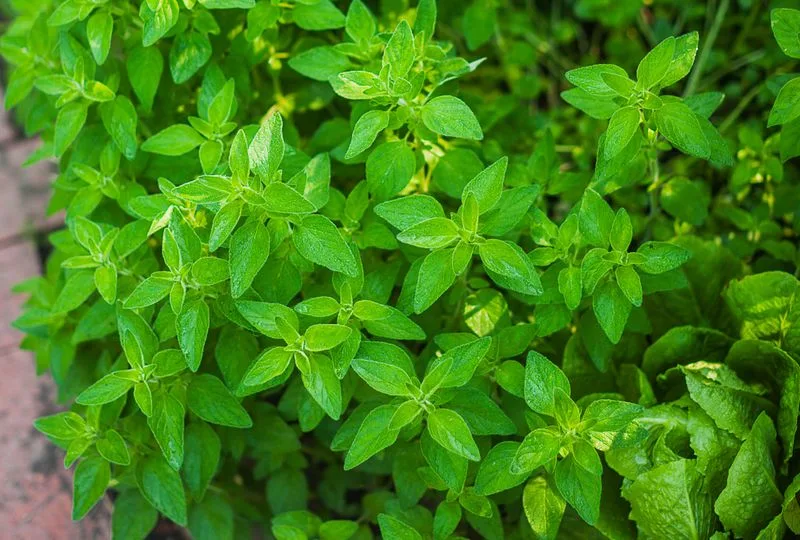
Oregano, a staple in Mediterranean cuisine, adds bold flavor to pizzas and pastas. Its medicinal benefits include antibacterial and antioxidant properties. Oregano oil is used to treat infections and improve respiratory health. Ancient Greeks revered it as a symbol of joy and happiness. This hardy herb thrives in warm climates and is easy to grow. Oregano’s robust flavor enhances savory dishes, while its health benefits make it a valuable addition to any diet. Its dual role in cooking and healing is unmatched.
Chamomile

Chamomile’s gentle nature makes it a popular choice for teas that soothe anxiety and improve sleep. Its anti-inflammatory properties can alleviate skin conditions and digestive issues. Ancient Egyptians valued chamomile for its healing powers. The herb’s daisy-like flowers emit a calming aroma, creating a tranquil atmosphere. Chamomile’s subtle flavor complements honey and lemon, making it a staple in herbal teas. This herb’s soothing qualities and rich history cement its place in both traditional and modern medicine.
Cilantro
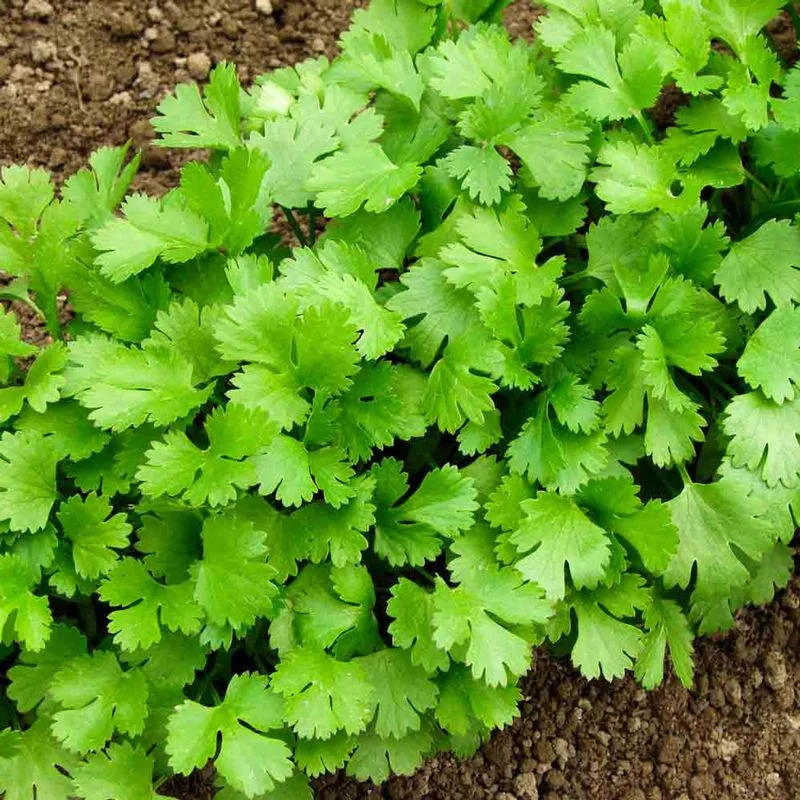
Cilantro’s distinct flavor adds zest to salsas and curries. Its leaves and seeds, known as coriander, offer different culinary uses. Cilantro is rich in antioxidants and essential oils that aid digestion. It’s believed to have detoxifying effects, helping to remove heavy metals from the body. With origins tracing back to ancient Greece, cilantro has been used for both culinary and medicinal purposes for centuries. Its vibrant taste and health benefits make it a cherished herb in various cuisines.
Dill
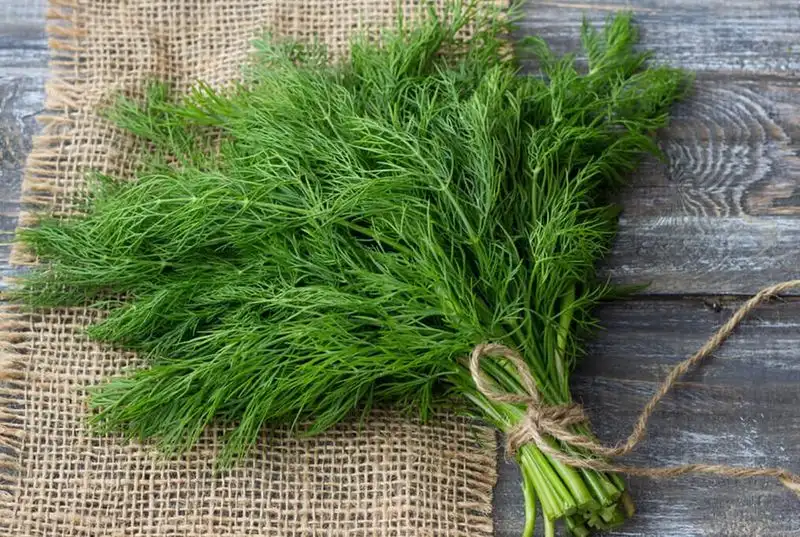
Dill’s fresh and tangy flavor is a must in pickling and seafood dishes. This herb isn’t just for flavor; it has a long history of medicinal use. Dill can soothe an upset stomach and reduce insomnia. The ancient Egyptians used it as a symbol of wealth. Its feathery leaves and bright green color add freshness to any dish. Dill’s unique taste and health benefits make it a delightful addition to gardens and kitchens. Its culinary and healing roles are equally cherished.
Fennel
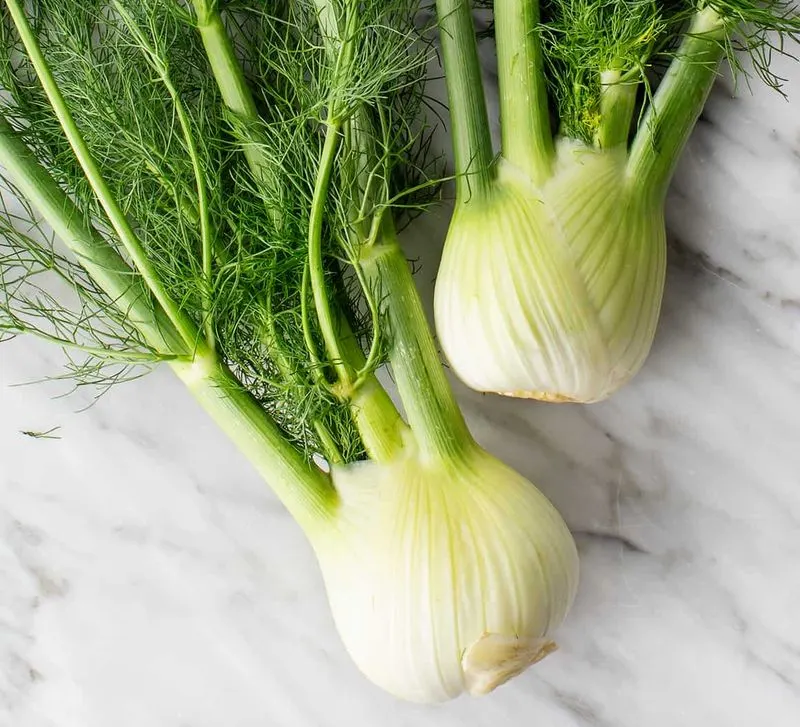
Fennel’s sweet, anise-like flavor enhances salads and fish dishes. Its bulb, stalks, and fronds offer diverse culinary uses. Fennel seeds aid digestion and reduce bloating. Ancient Romans believed fennel bestowed strength and courage. Its crunchy texture and aromatic essence make it a favorite in Mediterranean cuisine. Fennel’s dual role in the kitchen and medicine cabinet demonstrates its versatility. Whether roasted or raw, this herb adds depth to flavors and supports digestive health, making it indispensable in both fields.
Lemongrass
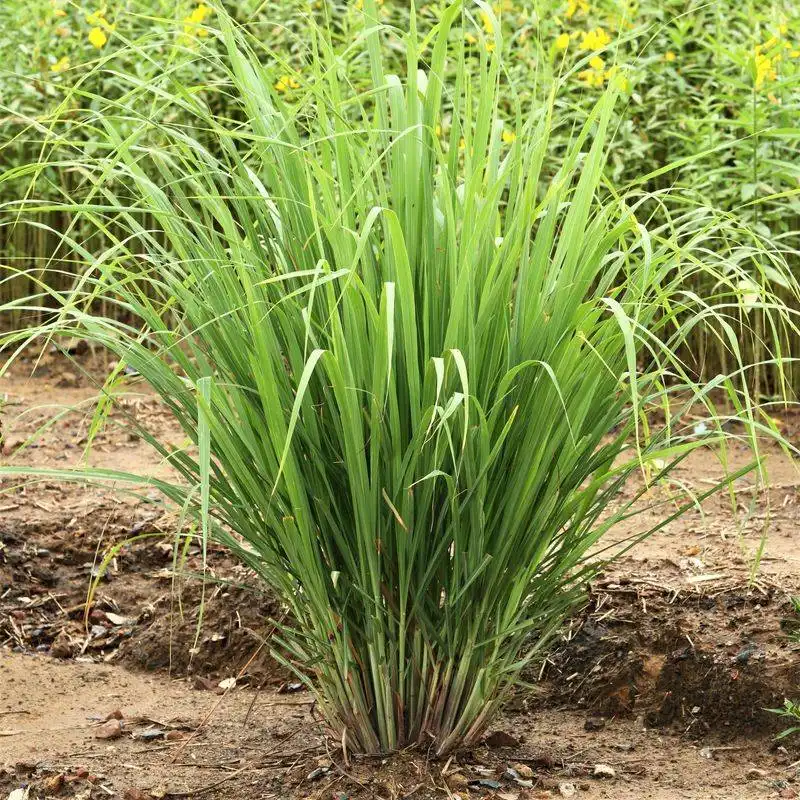
Lemongrass is prized for its citrusy flavor, enhancing Asian cuisine and teas. Its essential oils have antibacterial properties, and it’s used to relieve stress and anxiety. Lemongrass tea aids digestion and can reduce fever. In traditional Thai medicine, it’s a common remedy. The stalks’ bright aroma and flavor invigorate dishes. Lemongrass grows well in tropical climates, adding a refreshing touch to gardens. Its culinary and medicinal uses make it popular in kitchens and wellness practices worldwide.
Marjoram
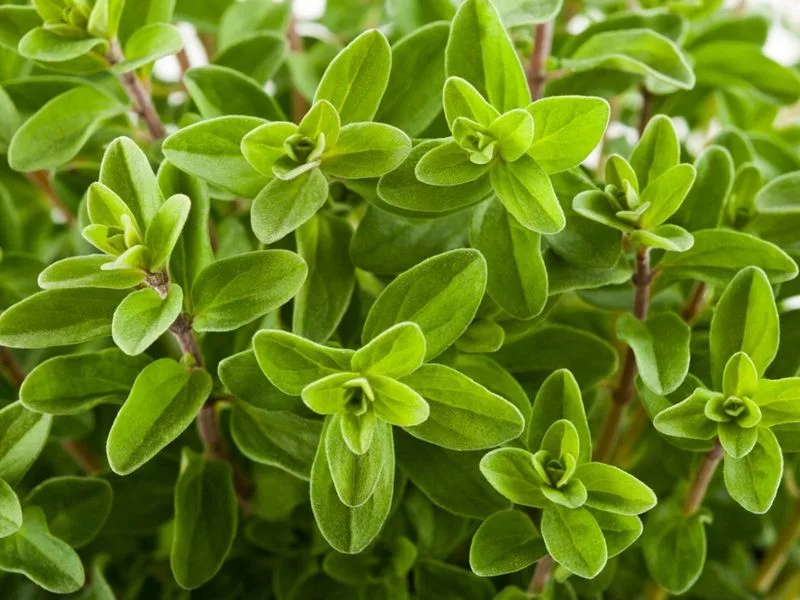
Marjoram’s sweet, citrusy aroma makes it a delightful addition to Mediterranean dishes. This herb is known for its calming effects on the nervous system. Marjoram tea can relieve stress and support digestion. The Greeks believed it brought happiness. Its small, delicate leaves are easy to grow and harvest. Marjoram’s gentle flavor and therapeutic properties make it a favorite in both kitchens and apothecaries. Its ability to enhance culinary creations and provide health benefits is truly unique.
Bay Leaf
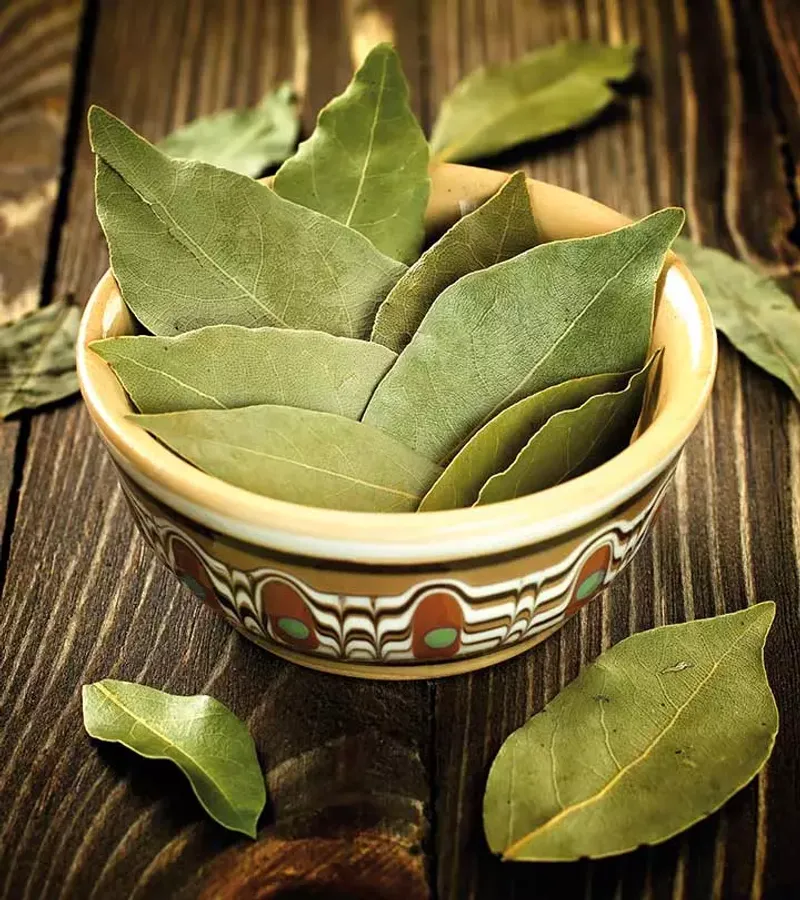
Bay leaves, often used to flavor soups and stews, offer more than just aromatic benefits. They contain compounds that support digestion and reduce inflammation. In ancient times, bay leaves symbolized victory and peace. Their subtle flavor infuses dishes with depth, releasing aromas during cooking. Bay leaves are removed before serving, leaving behind a rich taste. This herb’s historical significance and culinary versatility make it indispensable in kitchens worldwide, bridging the gap between tradition and modern cooking.
Tarragon
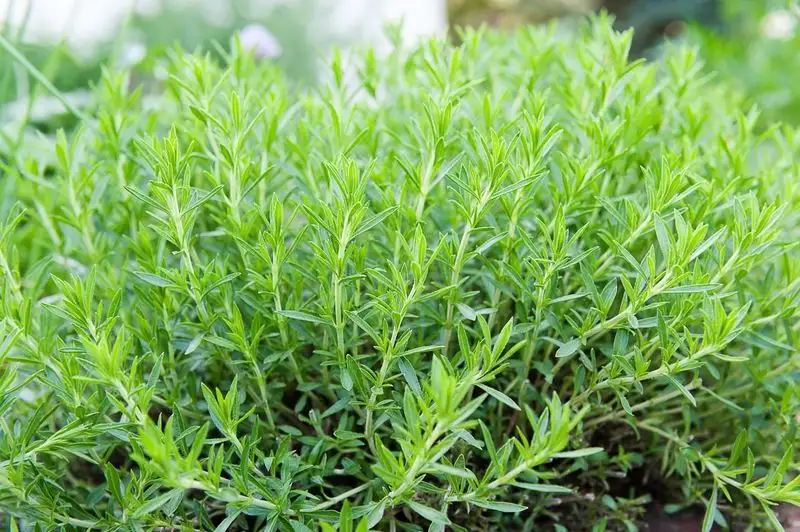
Tarragon’s distinctive anise-like flavor enhances French cuisine, particularly in sauces and dressings. Its medicinal benefits include appetite stimulation and digestion support. Tarragon is also used to alleviate mild toothache pain. Its slender, aromatic leaves bring a touch of elegance to dishes. Known as the “king of herbs” in French cooking, tarragon’s culinary significance is matched by its health benefits. This herb’s ability to transform simple meals into gourmet experiences makes it a treasured addition to any kitchen.

